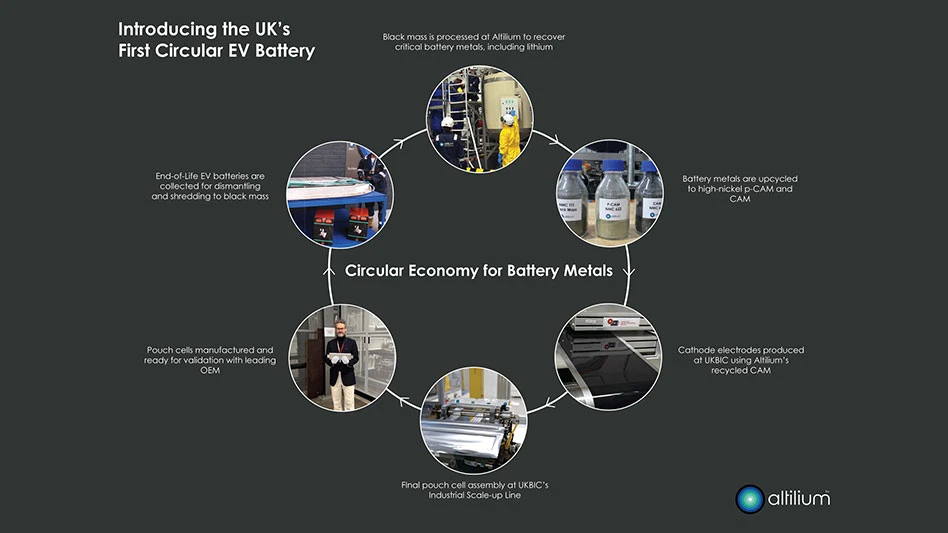 Steven Edsall of Shred Monkey, Indianapolis, recently found himself back on the market for routing software after deciding the company’s needs were not being met by its original software vendor.
Steven Edsall of Shred Monkey, Indianapolis, recently found himself back on the market for routing software after deciding the company’s needs were not being met by its original software vendor.
Edsall describes the process of switching routing software as painful. However, he adds that Shred Monkey, a division of Indianapolis-based Records Pro, a document imaging, management and storage company, also learned a lot along the way and ultimately found the right solution for the company, which has resulted in a number of operational efficiencies.
Streamlined Operations
As many software companies announce on their websites, routing software’s overall purpose is to streamline a mobile shredding company’s operations and to maximize profitability. Edsall says Shred Monkey wanted to integrate its accounting, client ticketing and shredding production as well as to maximize gas mileage while servicing customers.
“We wanted to make sure that if a customer called in or if a scheduled customer was requesting [additional] service that we had some sort of mechanism in place to notify us if they were past-due on their account, so we weren’t providing more service without getting paid,” Edsall says. “We wanted to make sure our accounting system was integrated with the routing and ticketing system,” he says.
|
Phoning it In Roadnet Technologies, the Baltimore-based vehicle routing and transportation management software company, has unveiled an array of product enhancements to its MobileCast vehicle GPS tracking software designed to improve functionality and efficiency for transportation logistics companies. The company also has launched a new MobileCast Android smartphone application. Roadnet Technologies’ MobileCast vehicle GPS tracking software enables companies to see delivery, sales and merchandiser routes or activity in real time, allowing them to make changes to routes based on events such as unplanned pickups, a need to change the order of stops, traffic, weather or a specific customer need, the company says. Advantages include the automatic integration of data collected throughout the day to improve future route plans; managing by exception, which allows the user to view drivers’ exact locations and to respond to unexplained stops or service time variances; and providing proactive customer service. The new Android mobile application is designed to provide enhanced functionality and ease of use on a device that’s substantially more compact than typical rugged mobile computer handheld devices. The mobile application leverages standard Android-specific features to make use easy and intuitive, Roadnet says. “The MobileCast smartphone solution represents the simplest proof-of-delivery application provided by Roadnet Technologies and provides every basic piece of information needed for a paperless delivery system,” according to the company. The application allows fleet drivers to review their daily routes, examine stop information, record arrival and departure times and mark stops as undeliverable. Len Kennedy, CEO of Roadnet Technologies, says, “These product enhancements are the result of our continuous efforts to further improve our software packages in response to changing and emerging conditions in the transportation logistics industry. “ More information can be found at www.roadnet.com. |
Among the issues Shred Monkey experienced with its previous routing software was a lack of address validation. “When it created the route, if it couldn’t find the address on the route, it would not put it in the correct order,” Edsall says.
At the end of the work day, a service ticket for that unauthenticated address would show up, and the driver would realize he had driven past the location earlier in the day. “Now you have to backtrack and try to pick up a customer,” Edsall says.
Addressing Issues
Edsall brought his concerns about the routing software Shred Monkey was using, as well the goals his company wanted to achieve by changing its software vendor, to the National Association for Information Destruction (NAID) Annual Conference in Anaheim, Calif., in 2012.
Edsall says the issue with address validation had been an ongoing problem with Shred Monkey’s previous software, and it was important that the new software he purchased solved this headache.
Among the vendors that Edsall spoke with during the NAID conference was RouteOptix. He says he was impressed with how knowledgeable the representatives of the company seemed.
RouteOptix, which is based in Kitchner, Ontario, specializes in software solutions that integrate routing, dispatching and accounting.
In addition to speaking with software providers, Edsall also spoke with these vendors’ current customers to learn more about how their routing programs work and what their associated strengths and weaknesses are.
“Talk to current users of the software and try to make sure you are talking to the programmer or the developer of the software,” he suggests to companies that are in the market for software.
With Shred Monkey’s previous software provider, getting to the right person who could answer his questions was an ongoing issue for Edsall.
“We always seemed to be calling and speaking with office personnel,” Edsall says of his earlier software vendor. “Now we are talking to people who are hands-on with the software.”
The conversations he had in Anaheim indicated to Edsall that Shred Monkey would be able to work through problems with software designers or programmers at RouteOptix, and his experience since has borne that out.
Shred Monkey also has asked for several custom solutions, which its new software provider has been open to creating for the company, Edsall says.
Sponsored Content
Labor that Works
With 25 years of experience, Leadpoint delivers cost-effective workforce solutions tailored to your needs. We handle the recruiting, hiring, training, and onboarding to deliver stable, productive, and safety-focused teams. Our commitment to safety and quality ensures peace of mind with a reliable workforce that helps you achieve your goals.
The issue of unauthenticated addresses that Shred Monkey experienced with its previous software program is not a concern with its new software. If it is unable to locate an address, the software prompts the user to manually identify the location and uses that entry when optimizing the route, Edsall says. This has helped to eliminate those unpleasant and inefficient surprises drivers were finding at the end of the work day, he adds.
Changing Pains
Once Shred Monkey decided to make the switch to a new service provider, Edsall says it took a month or two to transfer data to the new program and to acquaint the staff with the new application.
Because of other shortcomings with Shred Monkey’s earlier software, Edsall says his staff had to validate a good deal of the existing account information so that it was entered correctly into RouteOptix. “We also took that opportunity to look at each account and make sure it was correct,” he says. “ It was a good time to do an audit.”
Switching providers can be overwhelming and may seem as if it is not worth the initial hassle; but, in the end Edsall says it was “painful, but worth it.”
Thirty to 60 days of reorganizing information and learning a new program, as in Shred Monkey’s case, is not necessarily an unreasonable investment when the payoff is better operational efficiency and increased profits, he adds.
After a couple of months of frustration and hard work, Shred Monkey now has the routing system it wanted, Edsall adds.
When it comes to switching software providers, the momentary discomfort of the transition should not eclipse the potential benefits of such a change. Information destruction professionals may find that thorough research in this area can pay off in improved business efficiency.
The author is assistant editor of Storage & Destruction Business magazine and can be contacted at kstoklosa@gie.net.
Get curated news on YOUR industry.
Enter your email to receive our newsletters.
Latest from Recycling Today
- Returpack reports increased DRS activity in Sweden
- Trade groups align against European export restrictions
- Construction, auto sectors show mixed signals
- Politics in Turkey threaten recycled steel outlet
- Toppoint Holdings expands chassis fleet
- Lego creates miniature tire recycling market
- Lux Research webinar examines chemical recycling timetables
- Plastics producer tracks pulse of wire recycling market







